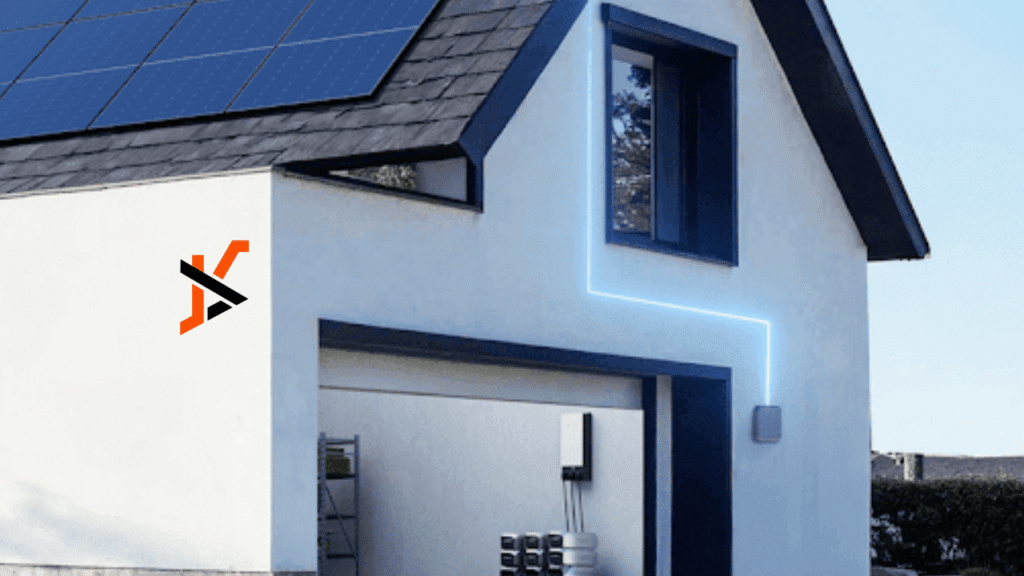Imagine a home where solar power seamlessly integrates with your smart devices, automatically optimizing energy usage while maximizing comfort and savings. This vision of intelligent, sustainable living is now within reach, yet many homeowners aren’t fully harnessing their home solar system‘s potential. The key challenge lies in effectively connecting renewable energy systems with modern home automation technology – a bridge that, when properly built, transforms a simple solar installation into a sophisticated energy management ecosystem.
For tech-savvy homeowners seeking greater control over their energy consumption, the integration of solar power with smart home technology offers unprecedented monitoring capabilities and automation opportunities. This guide will walk you through the essential steps to create a cohesive, intelligent energy system that not only powers your home but actively adapts to your lifestyle, maximizing both efficiency and convenience while paving the way for true energy independence.
Why Smart Integration Transforms Home Solar Systems
Traditional solar installations without smart integration can waste up to 30% of generated energy through inefficient consumption patterns and missed optimization opportunities. While manual system checks provide only snapshots of performance, smart integration enables continuous real-time monitoring that transforms how homeowners interact with their solar investment. This constant oversight allows for immediate detection of performance issues and automated responses to changing conditions.
The true power of smart integration lies in its ability to automatically shift energy loads to match peak production periods. When your solar panels are generating maximum output during sunny midday hours, smart systems can automatically trigger energy-intensive tasks like EV charging, pool pump operation, or pre-cooling your home. This intelligent load management ensures you’re maximizing self-consumption of solar power rather than feeding it back to the grid at lower compensation rates.
Beyond efficiency, smart integration provides crucial security benefits through comprehensive remote system monitoring. Homeowners can instantly detect and respond to equipment malfunctions, production anomalies, or connection issues from anywhere. This proactive approach to system health, combined with the ability to expand capacity seamlessly as energy needs grow, makes smart integration an essential foundation for future-proof solar installations that truly deliver on the promise of energy independence.
Essential Components for Solar-Smart Home Integration
Communication Backbone: Wi-Fi Connectivity Essentials
A robust Wi-Fi network forms the foundation of any solar-smart home integration. Your system requires a dedicated smart hub supporting multiple protocols like Zigbee, Z-Wave, or the newer Matter standard to ensure seamless device communication. Advanced solutions like the EcoFlow PowerInsight 2 platform can help protect this network through WPA3 encryption and regular firmware updates to maintain system security while enabling reliable data transmission between solar components and smart devices.
Monitoring Brains: Gateway Devices
Modern gateway technology acts as the central nervous system of your integrated setup. These intelligent hubs connect directly to your inverter’s monitoring ports, collecting real-time production data while enabling bi-directional communication for system control. The gateway’s modular design allows for easy expansion as your energy needs grow.
Control Interfaces: Mobile Apps and Alternatives
A comprehensive mobile app serves as your primary control center, offering monitoring capabilities including real-time power flow visualization, historical performance data, and customizable automation settings. Most systems integrate seamlessly with popular voice assistants like Amazon Alexa and Google Home, enabling convenient verbal commands for energy management. Third-party energy monitoring platforms can supplement these features through standardized API connections, providing additional analysis tools and visualization options.
[Rest of main content sections…]
The Future of Smart Solar Integration
The integration of solar power with smart home technology represents a pivotal advancement in residential energy management. By bridging the gap between renewable energy generation and intelligent home automation, homeowners can now achieve unprecedented levels of control and efficiency. Modern smart energy systems make this integration more accessible than ever, transforming complex energy management into simple, automated routines that adapt to your lifestyle.
As artificial intelligence continues to evolve, we can expect even more sophisticated optimization capabilities. Future systems will leverage machine learning to predict energy needs with greater accuracy, automatically adjusting to seasonal changes and household patterns. The foundation you build today through smart integration will position your home to take advantage of these advancing technologies, ensuring your investment continues to grow in value and capability.
The path to energy independence no longer requires technical expertise or constant monitoring. With the right components and proper integration, your solar system can work silently in the background, maximizing efficiency while you enjoy the benefits of true energy autonomy. Take the first step toward this intelligent energy future – your smart, solar-powered home awaits.

